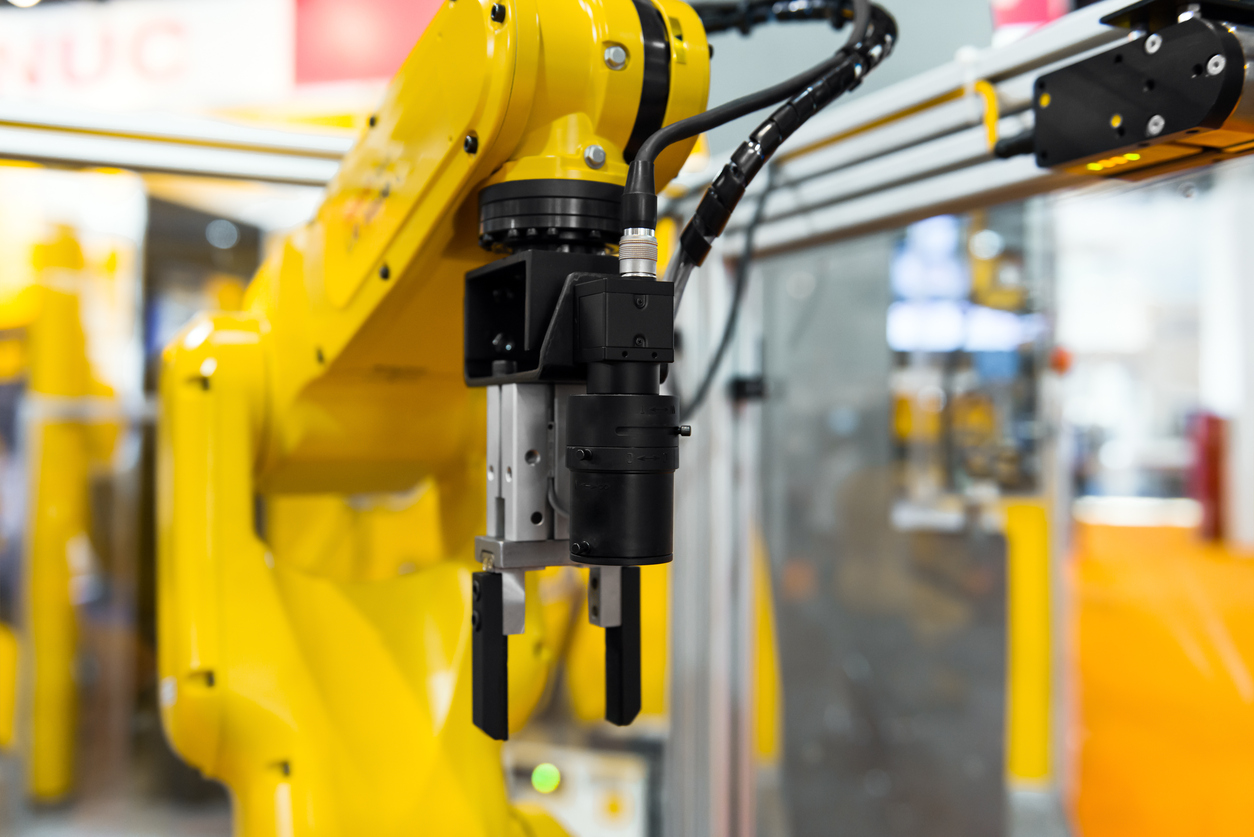
Machine vision technology and robotic technology heavily influence one another. Innovation in one leads to innovation in another – the same usually goes for sales, as robots increasingly have some form of vision system.
Both the machine vision market and the robot market are expected to experience rapid growth over the next 5 years, with compound annual growth rates (CAGR) of 8.15% and 11.92%, respectively.
The two have a symbiotic relationship. To take a closer look at this relationship, it’s easiest to focus on how machine vision drives innovation in robotics.
Machine Vision’s Influence in Robotics
Machine vision technology has significantly increased the capabilities of industrial robotics. Its impact can be broken into 4 major categories.
Flexibility
All robots used to be blind – only able to do one highly repeatable task with no ability to adjust movement. Once robots were integrated with machine vision and could see, they could distinguish between objects which dramatically expanded their capabilities. For example, one robot with machine vision integration can pick and place several different types of objects without reprogramming – a blind robot would not be able to do that.
Quality
Machine vision has improved the quality of work that robots are able to produce. This is mostly because some inspection processes can be built right in. A robot with machine vision can tell if a part was placed in front of it correctly and tell if the alignment of a tool is correct.
Safety
Collaborative robots, or ‘cobots’, are robots that can safely work alongside humans. They depend on machine vision and other sensors to detect when a human is nearby to slow down their work speed, or shut down altogether, which is key to their ability to maintain high safety levels.
Costs
Machine vision lowers the initial costs of robotics. By increasing the number of tasks that a single robot can perform, as well as the quality and safety of those tasks, a company finds faster return on investment and has to invest in less automation equipment in the first place. This effectively lowers the initial cost of the robot.
Machine vision and robotic technologies influence each other in major ways. Machine vision has expanded the capabilities of robots, helping create more affordable, widely adopted robots. Their mutually beneficial relationship contributes to the expected growth of both markets.
For more specific information on machine vision capabilities in the industrial space, browse our Machine Vision Resources section.
